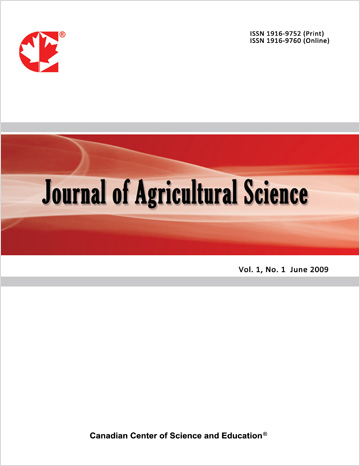Assessing Social, Emotional, and Economic Indicators of Eating Behavior Among University Students in Jordan
- Saida Shnaigat
- Samah AlBataineh
- Hadeel Obeidat
- Khaled Al-Najjar
- Sana Shnaigat
Abstract
This study aims to analyze the influence of social, emotional, and economic factors on shaping the eating behavior of university students by understanding the interconnected roles of family, community, mood, and living conditions in guiding their food choices. The results show significant differences across most variables, with the highest distribution within middle-income families (54.85%) and low-income families (53.19%). The mean BMI was 26.07, with significant correlations with weight and age. Social influence on eating behavior was moderate (M = 0.44), with the highest influence being social support (0.88) and the lowest influence being social pressure (0.20). The proportion of males in the household had a significant influence, with the highest means being found among small families, working families, and individuals with a low proportion of males. The influence of mood was low (M = 2.28), with a slight increase in taste-driven eating (2.43). No statistically significant differences were recorded between demographic and economic variables, except for a slight correlation with family size, with large families recording the highest mean (2.33). The economic impact was moderate (M=0.61), with rising prices of healthy foods being the main factor (0.81). Employment and income variables recorded significant effects, with the highest means appearing in large families (0.58), working families (0.59), and low-income families (0.63), indicating increased economic pressures with limited resources. Statistically significant positive relationships were found between the social index, age, and weight, and negative relationships with the mood index for age, weight, and height. The economic index was positively correlated with both age and weight. The study recommends strengthening family and community support, providing affordable, healthy food, and adopting policies that take into account individual and demographic differences in students’ eating behavior.
- Full Text:
 PDF
PDF
- DOI:10.5539/jas.v17n11p92
Journal Metrics
- h-index: 67
- i10-index: 839
- WJCI (2023): 0.884
- WJCI Impact Factor (2023): 0.196
Index
- AGRICOLA
- AGRIS
- BASE (Bielefeld Academic Search Engine)
- Berkeley Library
- CAB Abstracts
- ChronosHub
- CiteSeerx
- CNKI Scholar
- Copyright Clearance Center
- CrossRef
- DESY Publication Database
- DTU Library
- e-Library
- EBSCOhost
- EconPapers
- Elektronische Zeitschriftenbibliothek (EZB)
- EuroPub Database
- Excellence in Research for Australia (ERA)
- Google Scholar
- Harvard Library
- IDEAS
- iDiscover
- Jisc Library Hub Discover
- JournalTOCs
- KindCongress
- LIVIVO (ZB MED)
- LOCKSS
- Max Planck Institutes
- Mendeley
- MIAR
- Mir@bel
- NLM Catalog PubMed
- Norwegian Centre for Research Data (NSD)
- Open J-Gate
- OUCI
- PKP Open Archives Harvester
- Polska Bibliografia Naukowa
- Qualis/CAPES
- RefSeek
- RePEc
- ROAD
- ScienceOpen
- Scilit
- SCiNiTO
- Semantic Scholar
- SHERPA/RoMEO
- Southwest-German Union Catalogue
- Standard Periodical Directory
- Stanford Libraries
- SUDOC
- Swisscovery
- Technische Informationsbibliothek (TIB)
- Trove
- UCR Library
- Ulrich's
- UniCat
- Universe Digital Library
- WorldCat
- WRLC Catalog
- Zeitschriften Daten Bank (ZDB)
Contact
- Anne BrownEditorial Assistant
- jas@ccsenet.org
